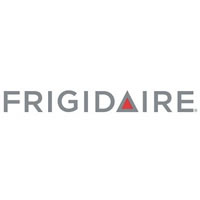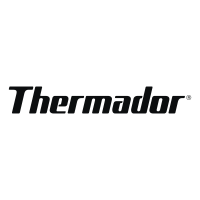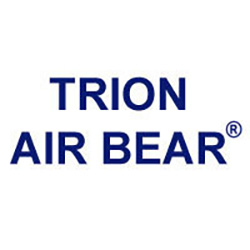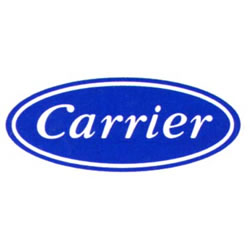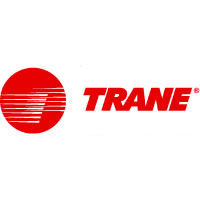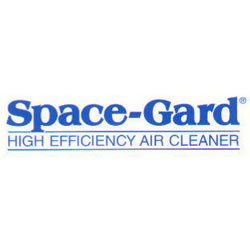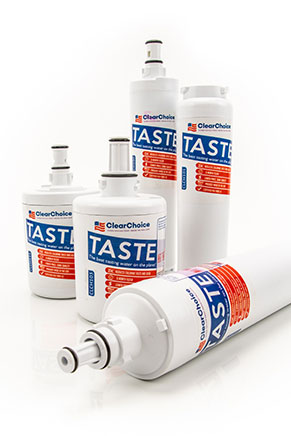FAQ's
What is a sone?
A sone is an internationally recognized measurement of sound output. The smaller the sone, the quieter it is. Likewise, the higher the sone, the louder the sound. According to HVI, one sone is equivalent to the sound of a quiet refrigerator.
What is CFM?
CFM, or Cubic Feet per Minute is a measurement of rate of air flow. The larger the CFM, the more powerful the fan.
What is static pressure?
Static pressuer is a measure of the resistance against flow as the fan pushes air through a duct. Static pressure is measured in inches of water column or water gauge. It is expressed as 0.1" w.g. or 0.25" w.g. to show that the resistance is equal to a column of water one-tenth or one-quarter of an inch tall. Most bath fans sold in North America are rated and certified at 0.1" w.g. by the Home Ventilating Institute (HVI).
Why are Panasonic Fans so quiet?
Fan noise comes from the amount of the blower wheel blade tip speed - the tip speed is in proportion to the revolutions per minute (RPM) of the wheel or fan blade. A small wheel truning very fast will create more noise than a large wheel turning more slowly for a given air flow. Panasonic fans use a compact blower wheel with aero dynamic blades that moves a large amount of air at reduced RPM's. The Panasonic blower wheel is designed more efficiently than most competitor models, so it turns at lower RPM's, reducing tip speed and noise.
Panasonic is the first ventilation fan manufacturer to incorporate a DC motor in residential mechanical ventilation fans. Panasonic WhisperGreen series incorporates a totally enclosed DC motor designed for extremely quiet, energy efficient operation.
All other Panasonic fan series incorporate a totally enclosed four-pole condenser motor, which is an advanced version of a Permanent Split Capacitor (PSC) motor. These are among the most energy efficient fan motors made. The four-pole design helps the fan to rotate smoothly and evenly due to a more stable electrical field that keeps the fan shaft turning more evenly than shaded-pole motors used in mid-range fans or C-frame motors used in inexpensive fans.
What makes Panasonic Fans so highly energy efficient?
The input wattage readings on the Panasonic fans are among the lowest in the industry. This means that for a given airflow, Panasonic fans will use fewer kilowatt hours and cost less to operate than other fans. This lower wattage draw is accomplished in a number of ways:
Panasonic's DC brushless motor provides unparalleled energy efficiency with its magnetic rotor and print circuit board. The magnetic rotor prevents energy loss while standard AC motors that utilize aluminum die cast rotors expend energy. Also, Panasonic's DC motor is the only one to incorporate a print circuit board containing a unique IC chip which monitors and directs the RPM of the fan blade. The combination of these two unique features allows the DC motor to have higher energy efficiency than an AC motor.
Panasonic uses a four-pole condenser motor, which is composed on a main coil and a sub coil. The coils in a motor are essentially small electromagnets that are turned on and off to create an electrical field to "pull" the fan shaft around, making the fan blower wheel turn. The condenser is connected with the sub coil, which helps with rotation. The condenser acts like capacitor to store electrical energy and deliver it quickly and in exact amounts to the coil. This improves the electrical efficiency of the motor and reduces power drain.
Panasonic builds its own motors and components, which means tight control over quality. Panasonic engineers also optimize efficiency by matching the exact motor characteristics with the desired performance of the fans.
Why do Panasonic Fans have such a long life?
Panasonic fans are designed to give the consumer trouble-free continuous operation for many years. These fans utilize high quality components and permanently lubricated motors. This leads to fans that provide a long operational life because their components wear very slowly. That is why Panasonic stands behind its products with one of the longest warranty periods in the industry.
Panasonic motor production is fully automated, with an automatic defect detecting system. The quality assurance program is exemplary, leading to a defect rate of less than 0.0006%.
The production facilities that build Panasonic fans have earned the distinction of being recognized by International Standards Organization (ISO) under the ISO 9001 Quality Assurance program. Meeting ISO 9001 means that these factories have met the highest quality standards in the world.
The fan housing is made of heavy gauge zinc-galvanized steel and painted to protect it from rush.
Can insulation material be used over fans installed in the ceiling?
Yes. Loose fill or batt insulation can be placed directly over the fan housing in the attic. Panasonic fans and fan/light combination units do not create excessive heat that is a common problem with recessed light fixtures or some competitors' fan/light combinations. Our efficient, cool-running motors and our fluorescent bulbs do not create enough ambient heat to be subject to these limitations.
Can a Panasonic fan be used over a bathtub and in showers?
Yes. All Panasonic fans, with the exception of heater and Spot ERV models, are listed by Underwriters Laboratories for installation over tubs and showers, provided they are protected by a Ground Fault Circuit Interrupter (GFCI). GFCI is mandated by the National Electrical Code. While not specifically listed by UL as an application, the fan can also be installed in a steam shower enclosure. Keep in mind, however, that any ventilation device located in a damn environment such as a shower enclosure may have a reduced life due to the high humidity and potential for corrosion. Fans installed in a high humidity environment should be operated for longer periods of time to ensure the removal of moisture and to reduce the potential for condensation in the fan body or ducting.
Can a Panasonic fan be used above a kitchen range?
No. Panasonic fans are not currently rated by UL for above-range installation since it was not designed to handle both grease and high temperature. However, Panasonic fans can be used to provide auxiliary kitchen ventilation. An approach that works well in large kitchens is to use a ducted range hood or downdraft exhaust and a Panasonic ventilation fan to exhaust the general odors and moisture in the greater kitchen area.
Why are Panasonic fans not required to be IC rated?
Fans are not required by UL to be IC (Insulation Contact) rated because they do not have high temperature sources like recessed can lights. The Panasonic fan/light combo units use fluorescent lamps that are mounted in a light kit that is considered to be surface mounted, so they do not create high temperatures within the fan housing that would require an IC rating.
What's better, a motion sensor or humidity sensor?
While the humidity sensor checks the amount of moisture at the ceiling, a motion sensor "sees" the occupant coming into the room. The humidity sensor has to be set to either Rate of Rise or Relative Humidity. Depending on how the fan is set up, it may or may not turn on in certain conditions. For instance, it set for Rate or Rise (how quickly moisture builds up in a room), it might not turn on at all when there is a slow, steady build up of humidity over time. On the other hand, a motion sensor will go on once it senses motion to capture moisture, odors and contaminants from the cleaners and chemicals that may be kept underneath the sink.



